All About Bread with Gregoire Michaud
Article by Emily Chan; photos by Michele Wisla
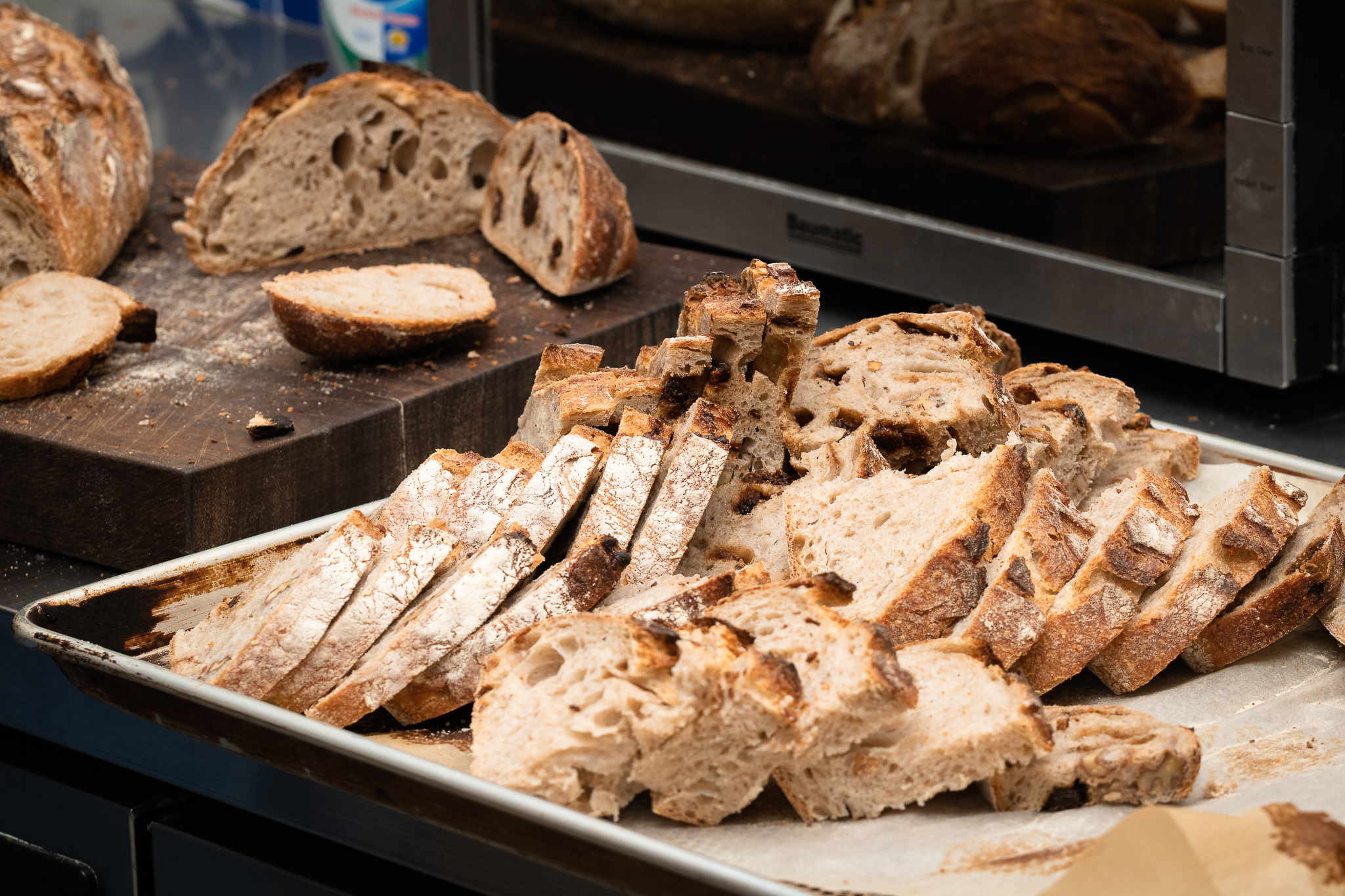
Many have queued for and photographed the very instagrammable croissants and sourdough egg tarts at the popular Bakehouse in Wanchai, which opened less than a year ago. On 7 September 2019, Slow Food Hong Kong paid a visit to Bread Elements, their headquarter in Chai Wan, which is also where they have been running their wholesale business for several years.
As we arrived, we were warmly greeted by Chef Gregoire Michaud in their warehouse with tea and coffee. There he explained to us the different ingredients in the room – stoneground French flours for most of their products and rye flours for some of their sourdoughs. Gregoire showed us photos from his visit to the flour mill and the village which produces the salt they use. In this globalised supply chain, it is nice to see that there is still a connection between the baker and the miller, and for us as consumers to know where and how the ingredients are made.
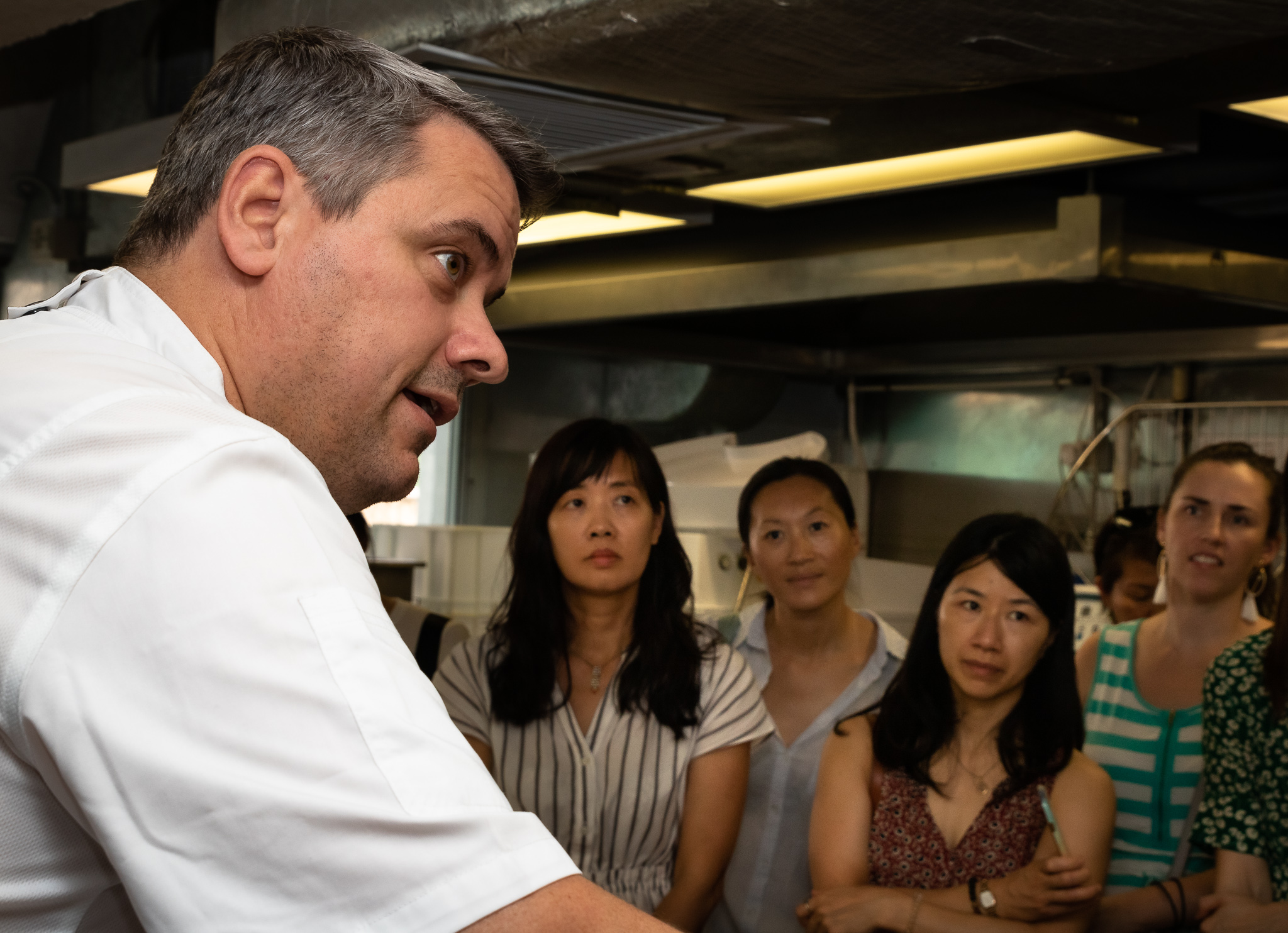
Bakehouse may be famous for its buttery, flaky viennoiseries, but it is sourdough, or naturally fermented bread, that is closest to Gregoire’s heart. He introduced “Roger”, his 14-year-old sourdough starter as he explained the science of natural fermentation. “Roger” was born out of what he called “rotten” raisin water. What he meant was he used the wild yeast and bacteria in the raisins to kickstart the starter, which is essentially a culture consisting of just water and flour (and microorganisms that live in it). It can survive perpetually as long as it is fed with fresh flour regularly. He explains that it is a common misconception that sourdough is always sour. Bakers can control the temperature and length of the fermentation, which directly affects the acidity of the bread.
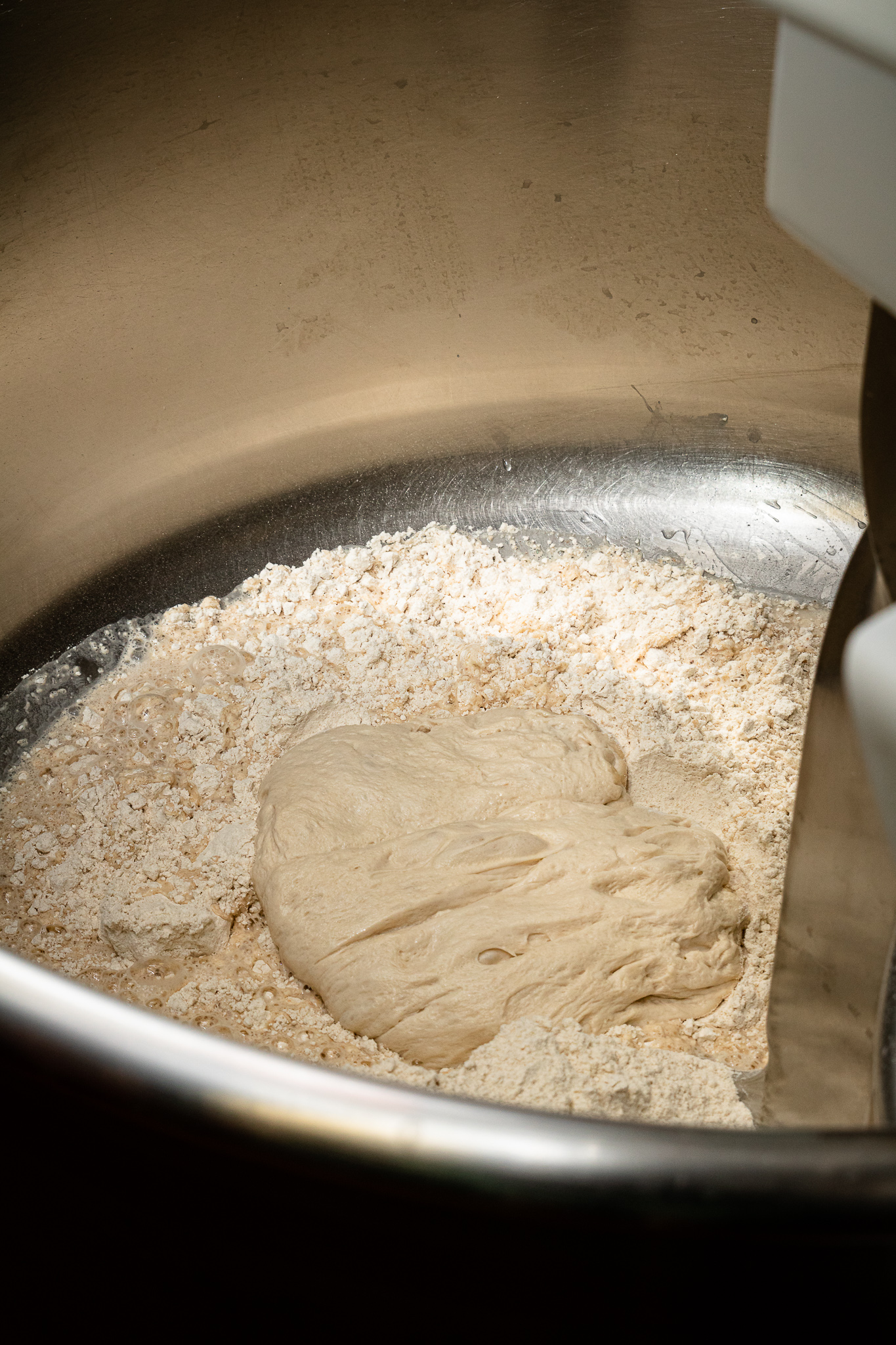
At Bread Elements, they make a few milder types of sourdough for customers that are not accustomed to the sourness. Gregoire also talked about the health benefits of sourdough. In short, gluten (wheat protein) is broken down during the long fermentation, making it easier for the human body to digest. Using more wholegrains in sourdough also lowers its glycemic index. On the contrary, fluffy white bread is hard to digest, causes a surge in blood glucose levels but leaves you feeling hungry quickly and is usually loaded with chemicals.
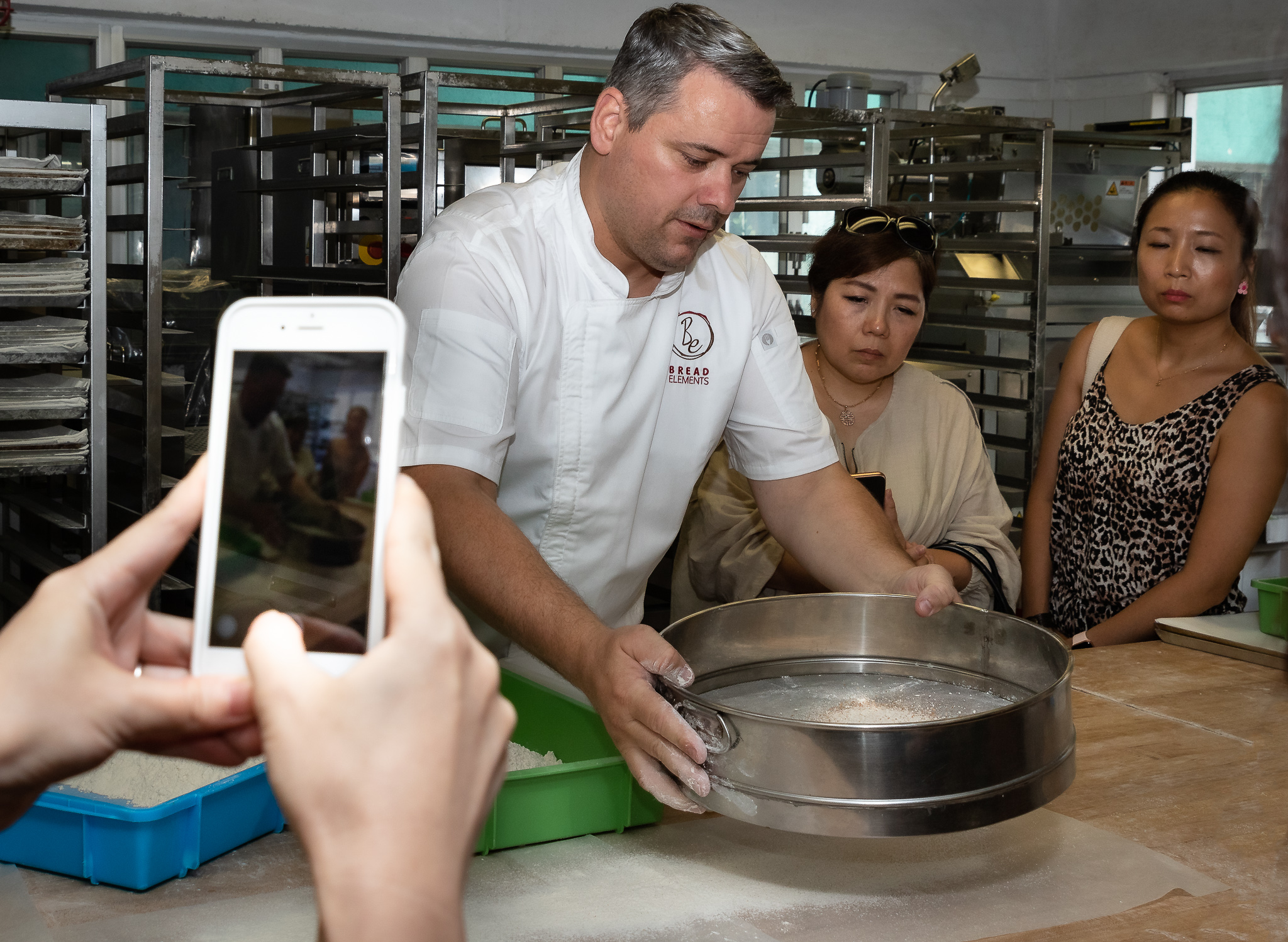
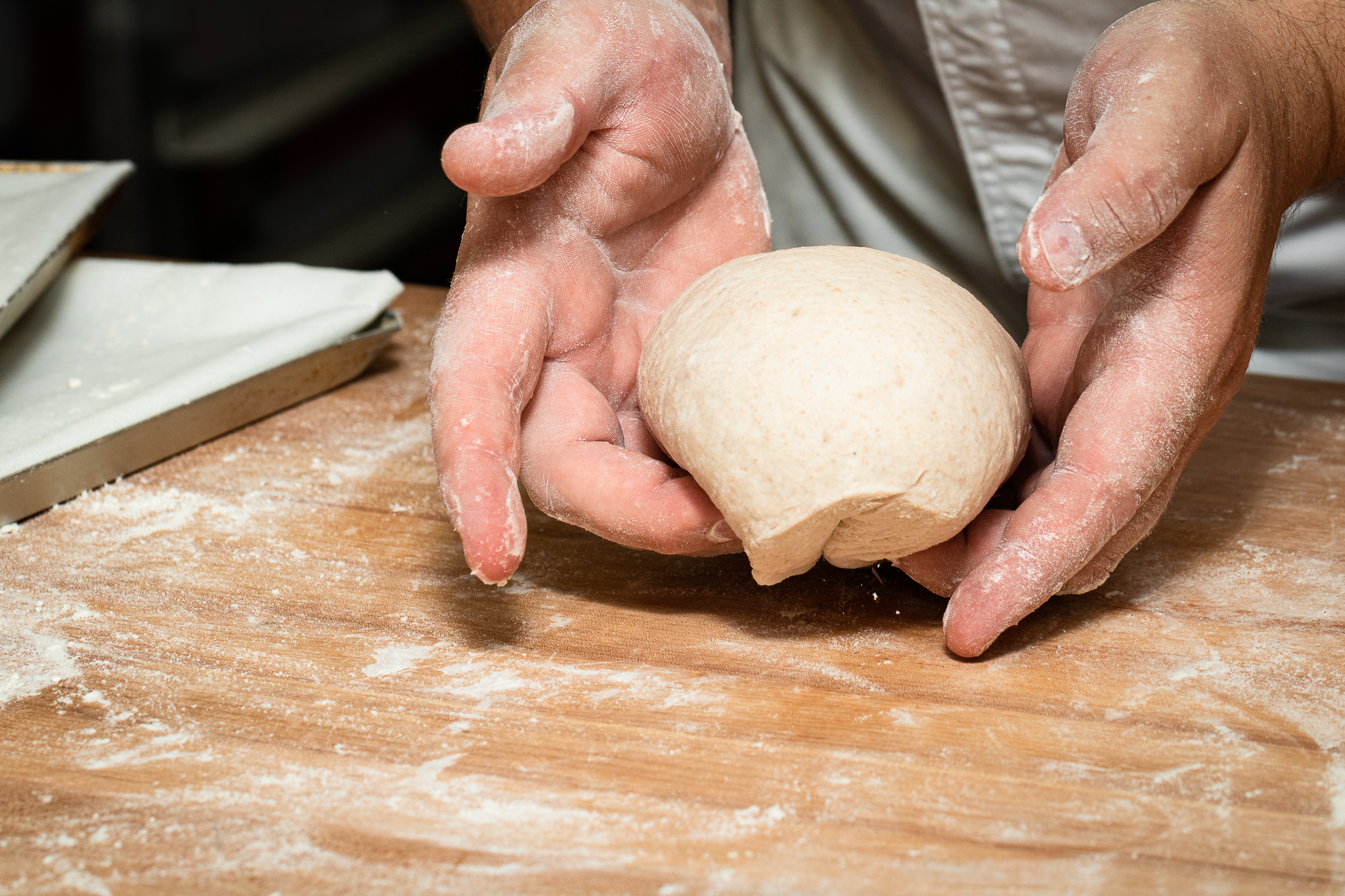
Later, we went upstairs to the main factory unit for a sourdough demonstration. We met “Roger” as it was mixed with flour, water and salt. It was amazing to see how something so delicious can be made with such simple ingredients. Normally at Bread Elements, they ferment their sourdough for more than 24 hours. Hence while the dough is still mixing, someone brought out doughs that had already been fermenting in the fridge. We watched Gregoire shape them with his skillful hands, careful not to break the delicate bubbles which are signs of healthy fermentation. And finally, we watched him load them into a gigantic oven. But before that, some of us got to try our hands at scoring the dough too.
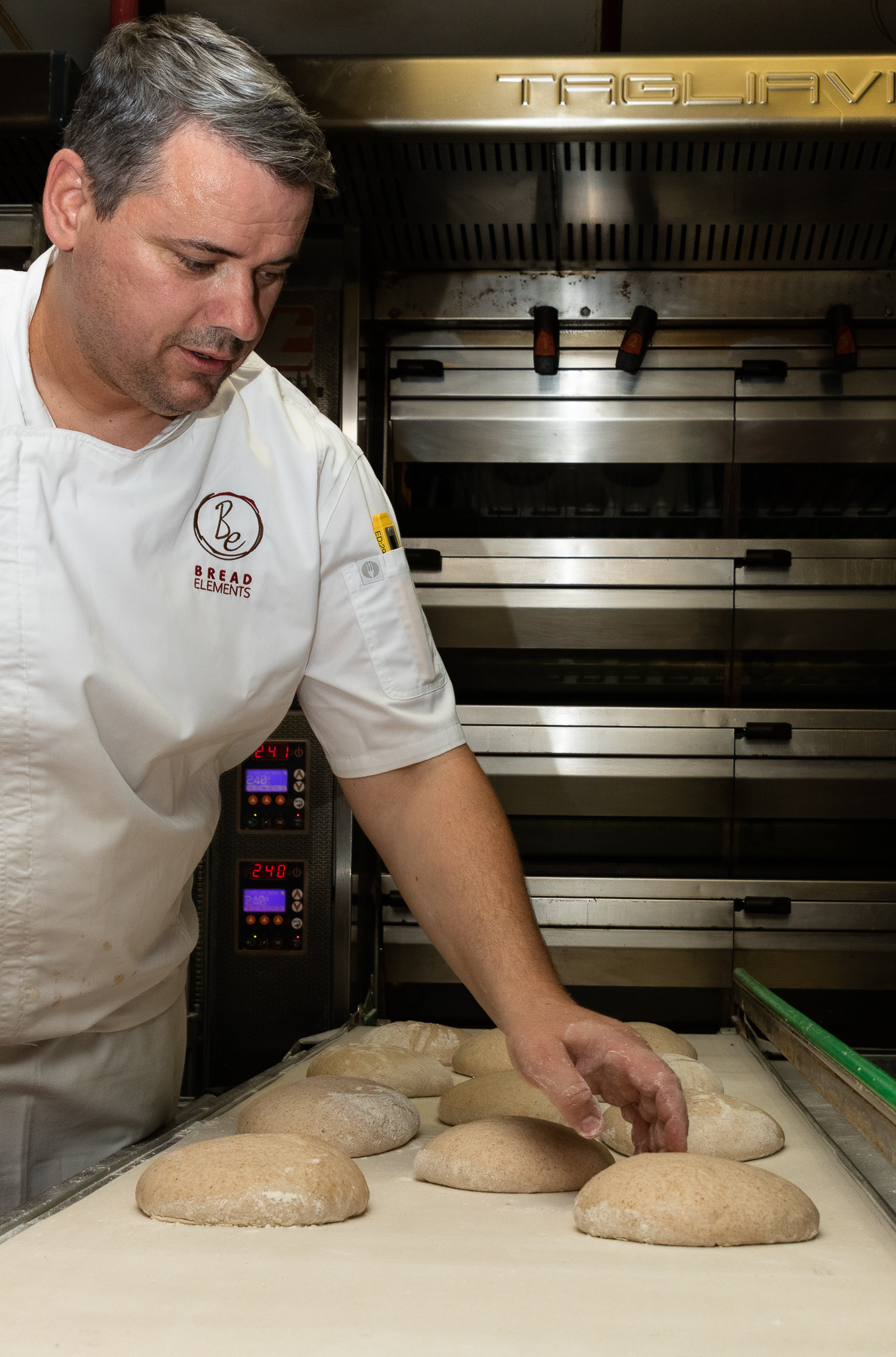
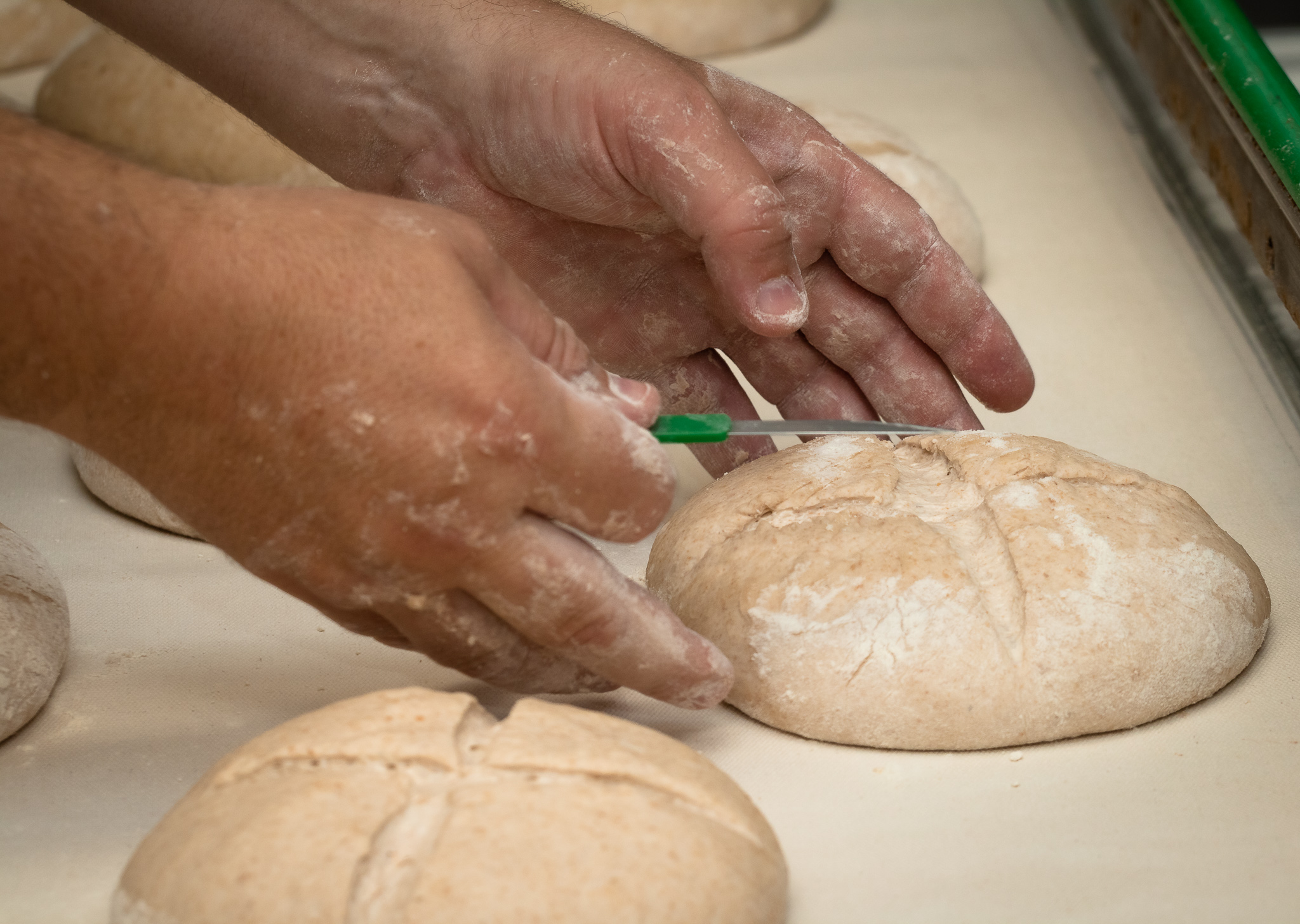
At the end of the tour, we were finally able to sample some of the bread that was baked earlier that day. Their signature sourdough which is full of flavour and has a good level of acidity, and their fig and walnut sourdough in which the sourness is barely noticeable but is rather nutty and sweet. We are thankful to Gregoire for the tour and demo, for patiently answering many of our questions, and also for donating all of that day’s proceeds to Food Angel.
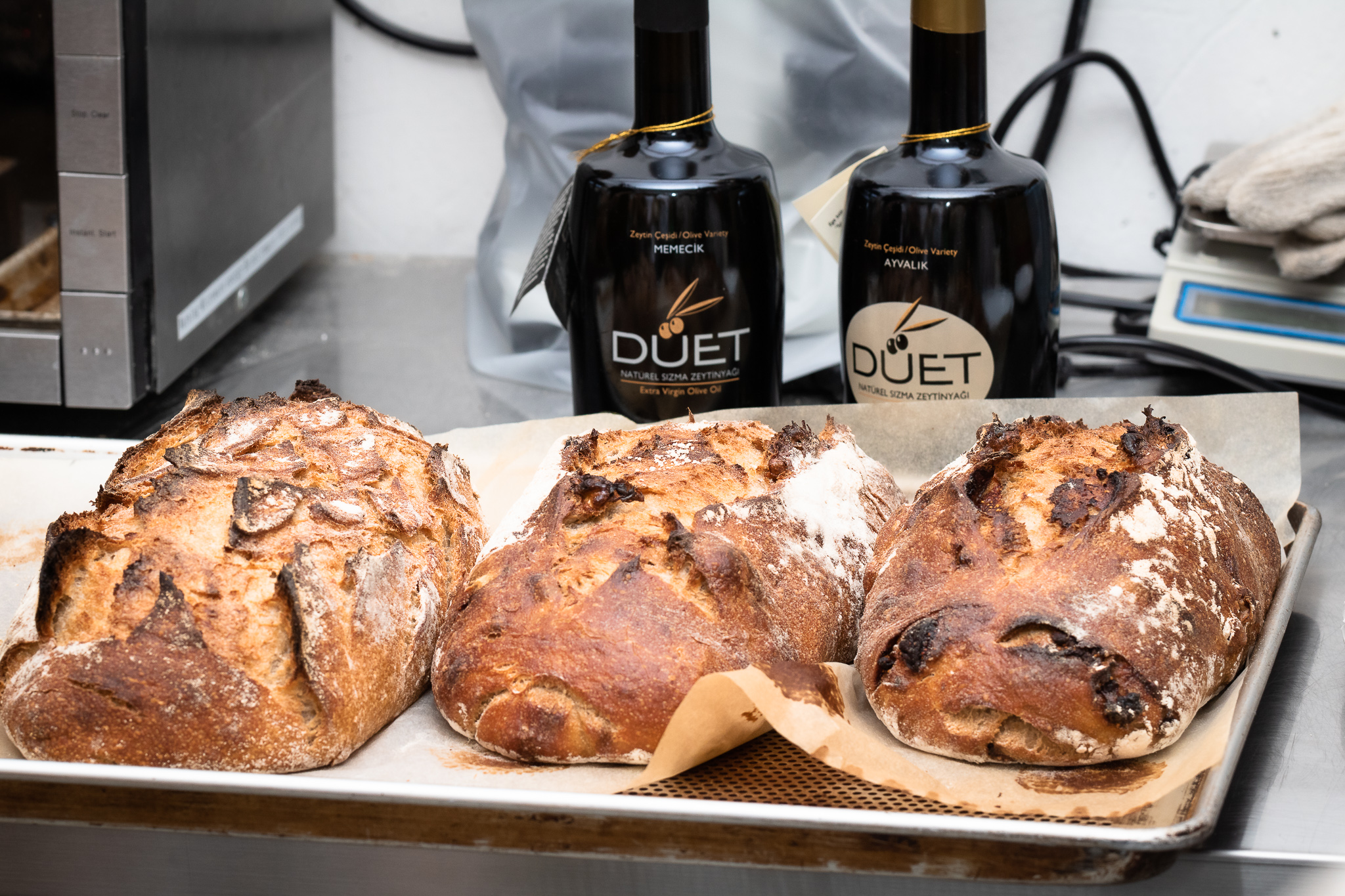
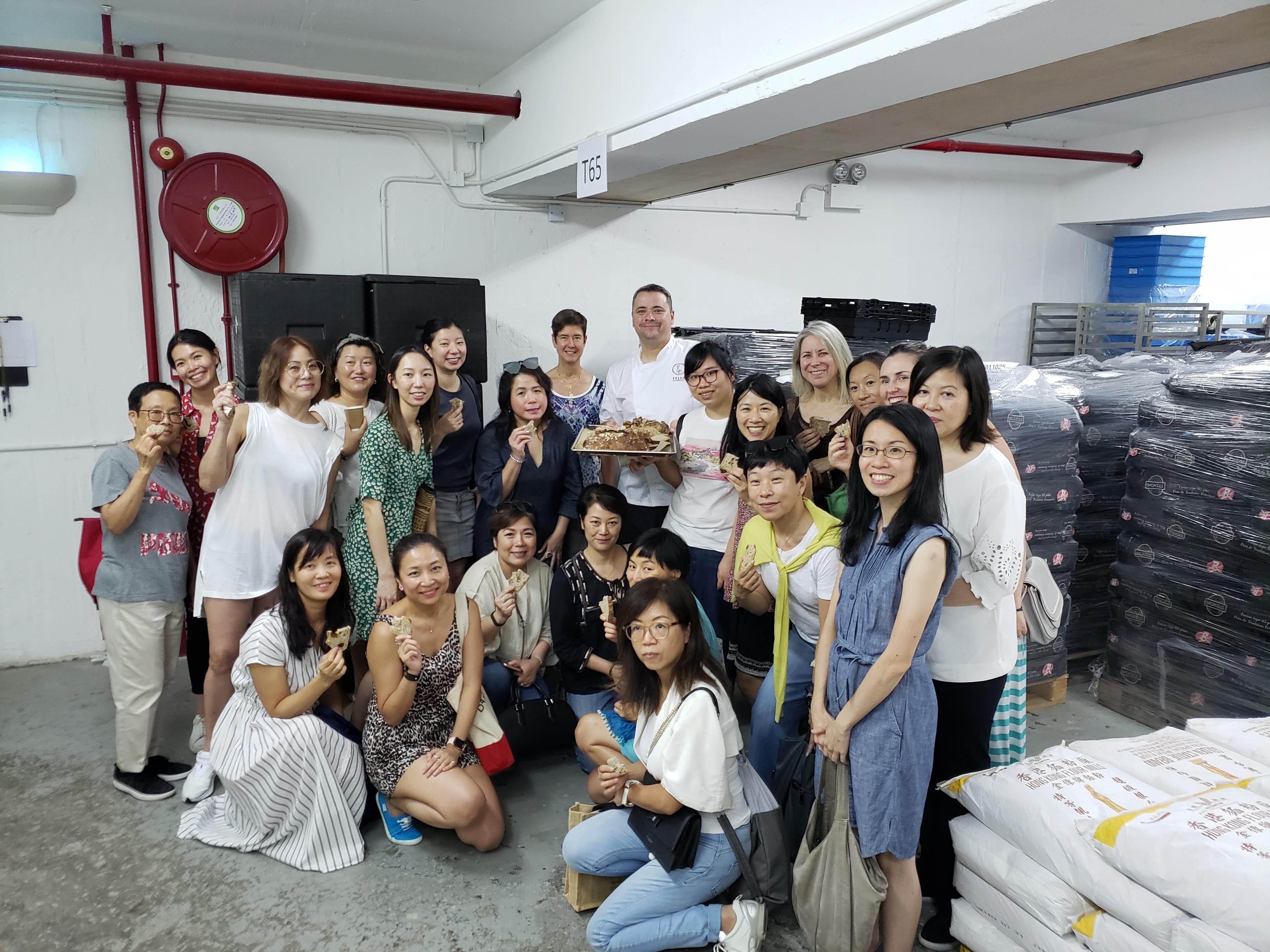
The Loop HK is the media sponsor of this special event.
